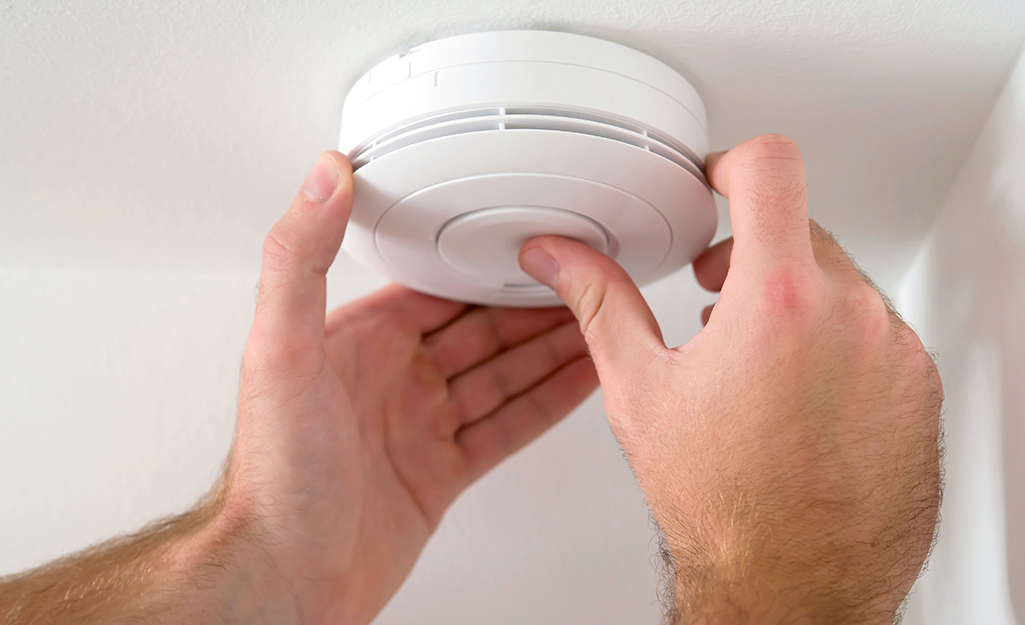Finding Attic Smoke Detector

Folks have been known to spend hours fussing with one smoke detector only to discover that the culprit was a smoke detector located in say the attic right above the alarm they d been focused on.
Finding attic smoke detector. This type of detector can supplement your smoke alarm. Alarms in unfinished areas may experience more nuisance alarms due to temperature fluctuations. That is to say when the attic gets hot quickly not just from a hot summer day then it will go into alarm. A smoke detector will pick up a neighbor s burn barrel smoke products of combustion but a heat detector operates on the rate of rise principle.
The us fire administration fema recommends that you have a heat detector rather than a smoke alarm in your garage. The honeywell built in transmitter is designed to work with any 5800 series wireless receiver transceiver for the residential installations but for the commercial installations you will need the 5883h or 5881enhc receiver. Install the first attic smoke detector on the wall near the stairs anywhere between the 4 inch and 12 inch marks. During the rebuild i asked for smoke detectors in the attic but was told they would go off all the time due to particulate issues up there etc.
To protect an unfinished area of your home like a garage try a first alert heat alarm. Buy kidde hd200f heat detector for attic use. Another location in a home where you should have a heat detector rather than a smoke alarm is the attic. This won t work as i also had attic fans installed as part of the.
Experts say photoelectric smoke detectors generally won t cause as many false alarms but for the ultimate in safety they recommend opting for a smoke detector with both types of sensors. From research it seems a temperature sensor is the best way to go but all the ones i ve found for smartthings cap out at 122f. Photoelectric smoke alarms are best at detecting smoldering fires while ionization smoke alarms are better at detecting sudden fast burning fires. The best part about this smoke heat detector is that its transmitter sends alarm tamper battery condition and maintenance messages to the system receiver.
The sensors in smoke and co alarms work best in temperatures between 40 f 4 c and 100 f 38 c.













































